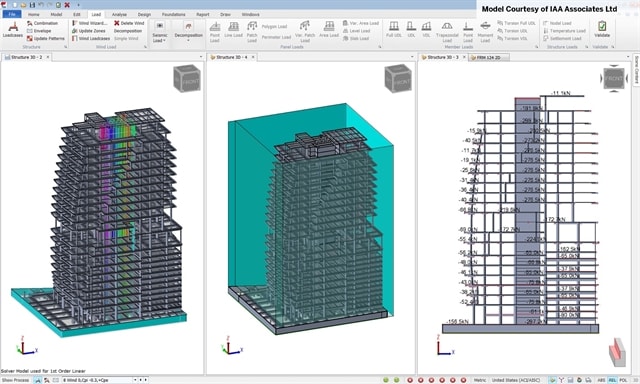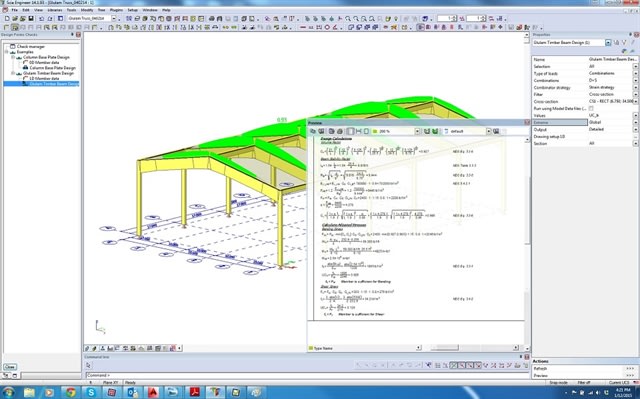-
1
- #1
Captains210
Civil/Environmental
- Apr 9, 2014
- 12
Hi...
I'm trying to model soil structure interaction on sap2000
I'm using George Gazetas rules to replace the (soil and foundation) with a Springs to represent the dynamic stiffness and damping with six DOF
I want to use link element to model the spring but i wonder how i will do that??!
1- at the base of column(one point ?)
2- plain stress strain element OR solid element OR Area spring
what's the correct Approach ?
thanks a lot
Saad
I'm trying to model soil structure interaction on sap2000
I'm using George Gazetas rules to replace the (soil and foundation) with a Springs to represent the dynamic stiffness and damping with six DOF
I want to use link element to model the spring but i wonder how i will do that??!
1- at the base of column(one point ?)
2- plain stress strain element OR solid element OR Area spring
what's the correct Approach ?
thanks a lot
Saad




